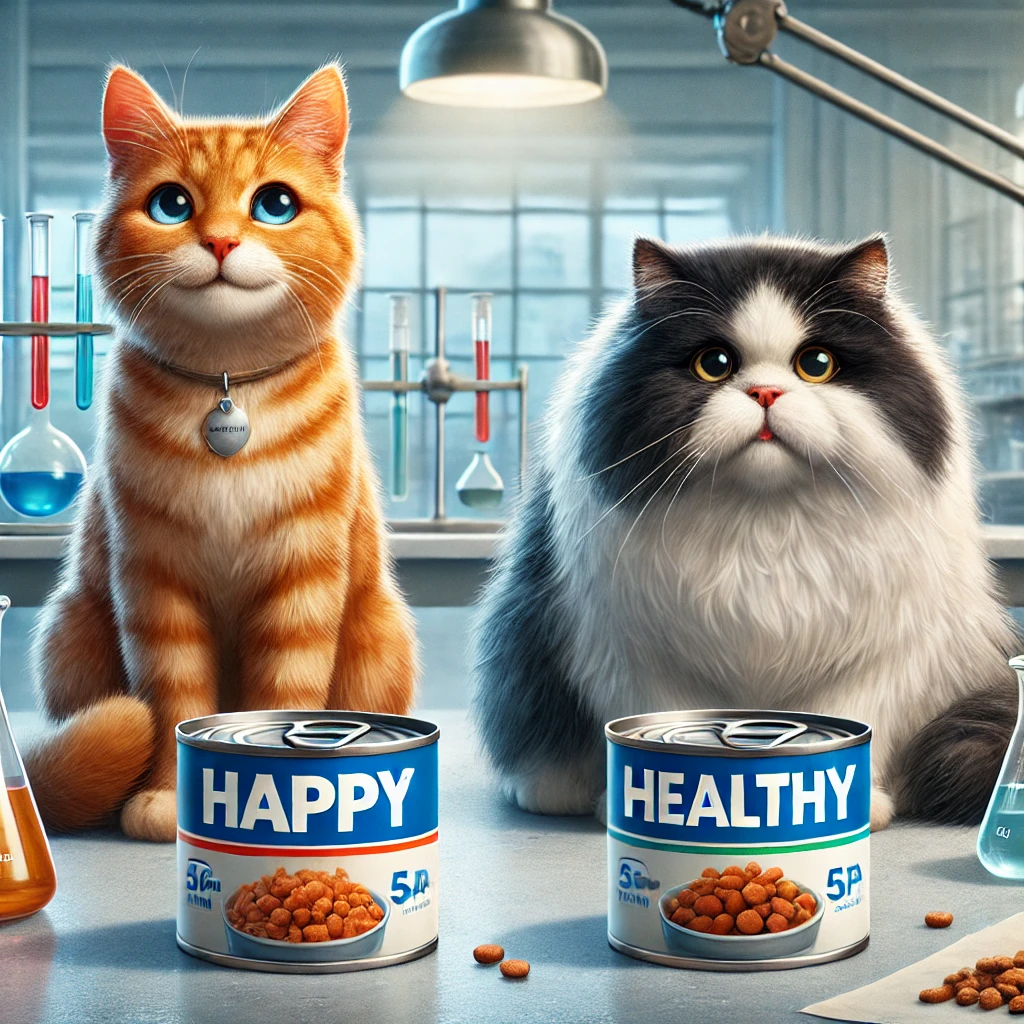Hey there, fellow cat lovers! Let’s talk about something super important that might not be on your radar: your cat’s hydration. If you’re like me, you want the best for your feline friend, and strive to always make the right decisions when it comes to their health and well-being. But did you know that cats aren’t exactly the best at keeping themselves hydrated? That’s where wet food can work its magic.
Grab your favorite cup of coffee - or a cat-shaped mug if you’re extra like me - and let me break down the facts about the common issues cats have with dehydration, and why wet food plays such a crucial role in keeping your cats hydrated.

Cats and Hydration: A Tricky Relationship
First off, domestic cats are pretty unique creatures. Did you know their ancestors lived in deserts? That means their bodies are wired to get most of their water from food - like the prey they’d catch in the wild. Fast forward to today, and our pampered housecats don’t exactly have to hunt for their dinner (unless you count stalking the food bowl).
Here’s the thing: cats aren’t great at drinking water. They often don’t feel thirsty until they’re already a bit dehydrated. This is why relying solely on a water bowl might not be enough to keep your feline fully hydrated.
Signs Your Cat Might Be Dehydrated
Ever notice your cat looking a little sluggish? Maybe their coat seems dull, or they’re not as enthusiastic about their food. Yes, some of these symptoms could be due to maybe old age or a myriad of other health issues, however, it’s mostly likely that these are simply signs of dehydration! Here are a few other clues to look out for:
-
They have dry or sticky gums
-
Less interest in drinking from their water bowl
-
They have poor skin elasticity (you can gently pinch their skin to check if it “snaps” back quickly)
Left unchecked, dehydration can lead to some serious health issues like kidney problems and urinary tract infections. And if your cat is male and has been neutered, they are at even greater risk of developing FLUTD (feline lower urinary tract disease).
Why Proper Hydration Matters
Keeping your cat well-hydrated is crucial for overall cat health. Cats who are getting adequate amounts of water tend to have:
-
Healthier Kidneys: Your cat’s kidneys work hard to filter out toxins from their body, and proper hydration gives them the support they need. Think of water as the oil that keeps this important engine running smoothly, preventing wear and tear over time.
-
Fewer Urinary Problems: Dehydration can lead to concentrated urine, which increases the risk of urinary crystals and stones - painful issues that no cat (or owner) wants to deal with. Drinking enough water (or getting it through wet food) keeps their urine diluted and their urinary tract healthy.
-
Better Digestion: Just like us, cats need water to break down their food and absorb the nutrients properly. Staying hydrated keeps things moving smoothly in their digestive system, reducing the risk of constipation and making sure they’re getting the most out of their meals.
-
All-Around Vitality: When your kitty is getting enough water, you’ll see it in their energy levels, playful attitude, and even the shine of their coat. Proper hydration supports every part of their body, making them feel and look their best.
Enter Wet Food: A Delicious Hydration Boost
This is where wet food comes in as a game-changer. Unlike dry kibble, which contains only about 10% water, wet food packs a whopping 70-80% water. It’s like giving your cat a meal and a drink in one go!
Not only does wet food provide much-needed hydration, but it also mimics what cats would eat in the wild. It’s kind of like giving them a gourmet version of their natural diet - without the fur and feathers (thank goodness).
Making the Transition to Wet Food
If your cat isn’t used to wet food, ease into it. Start by mixing a small amount with their dry kibble and gradually increase the ratio. There’s no “cut-and-dry” schedule you should stick to in order to achieve this, as it’s going to depend on their dietary needs as well as how receptive they are to the transition. You can find basic guides all over the web to help get you started, so find one that suits you and then adjust it as needed. Get experimental until you find what works best.
What If Your Cat Is a Food Snob?
Unlike dogs, cats are notoriously picky eaters who are partial to certain food textures - even more so than they are to flavors! So, if your kitty doesn’t seem that interested in wet food at first, try serving them a different formula next time. For example, if they blatantly reject the pate’, try the one with extra gravy.
Remember: be patient with your cat during the process, and most importantly, contact your veterinarian if your cat has any health concerns or dietary restrictions.


Share:
7 Cat Grooming Tips: Do Cats Need To Visit The Groomer
The Game-Changer in Pet Feeding – Why Ovvi is the Future of Automatic Wet Food Feeder